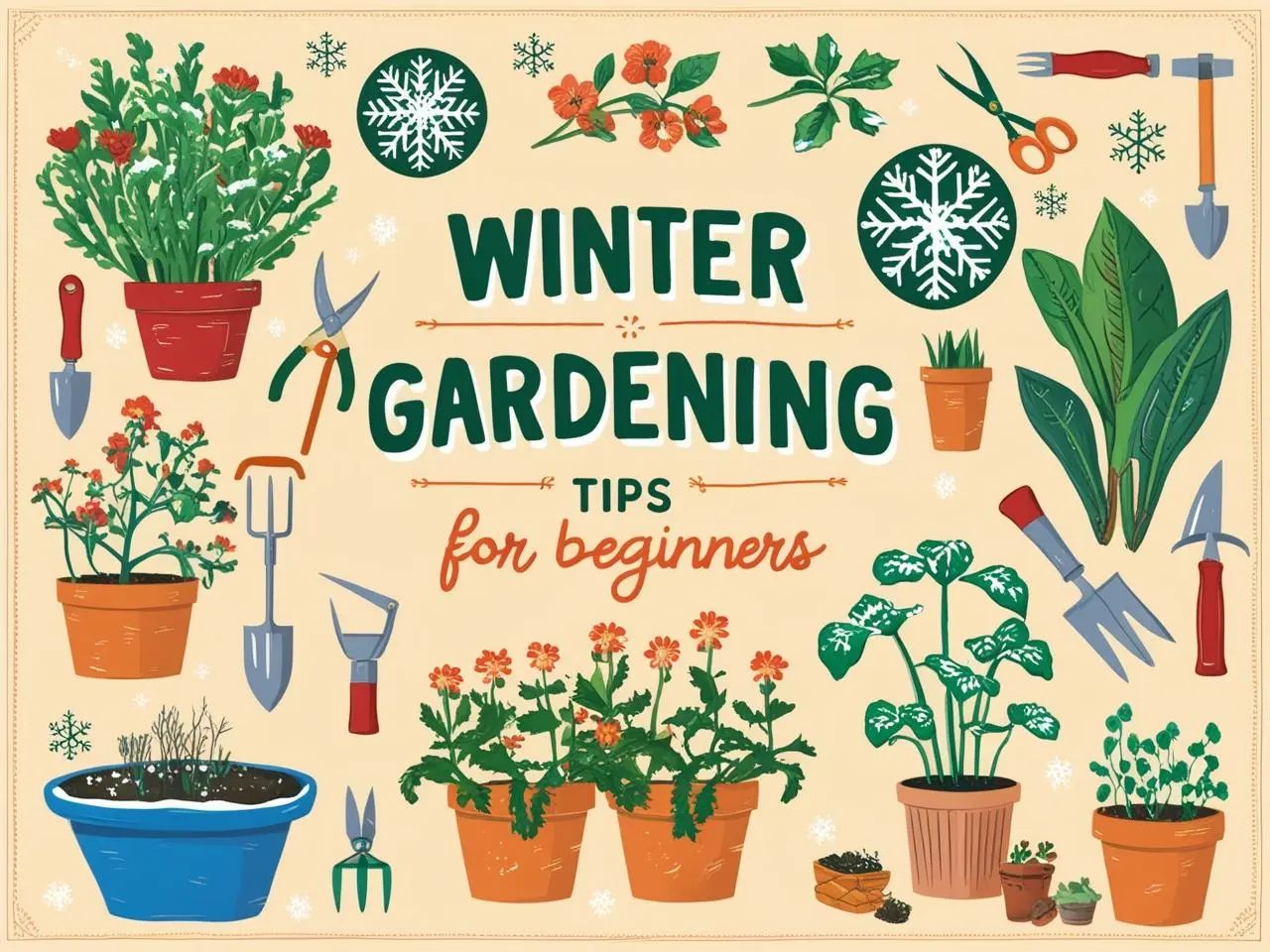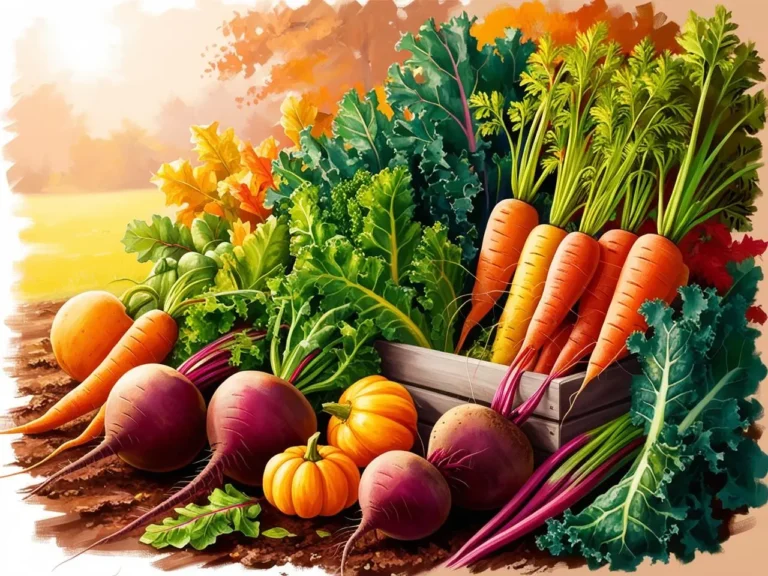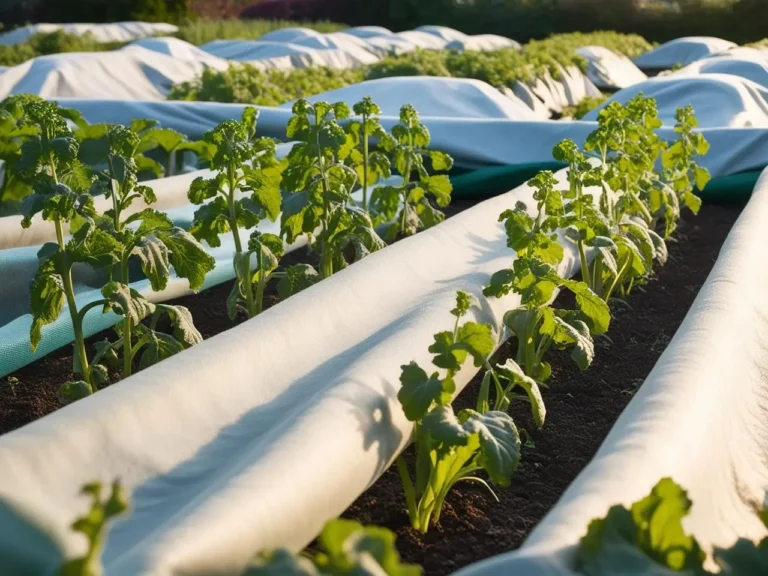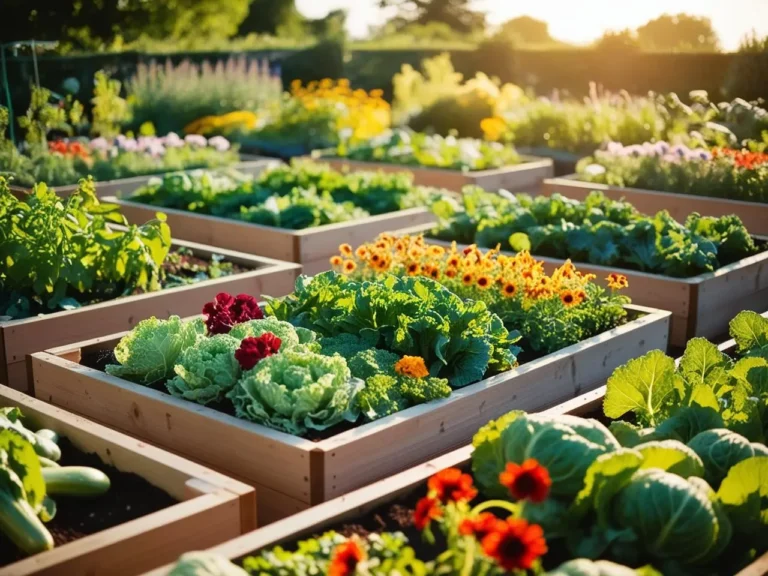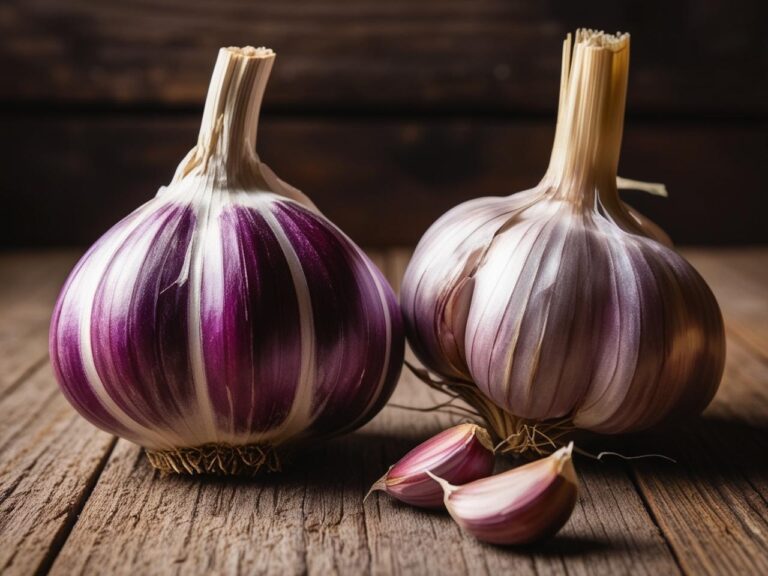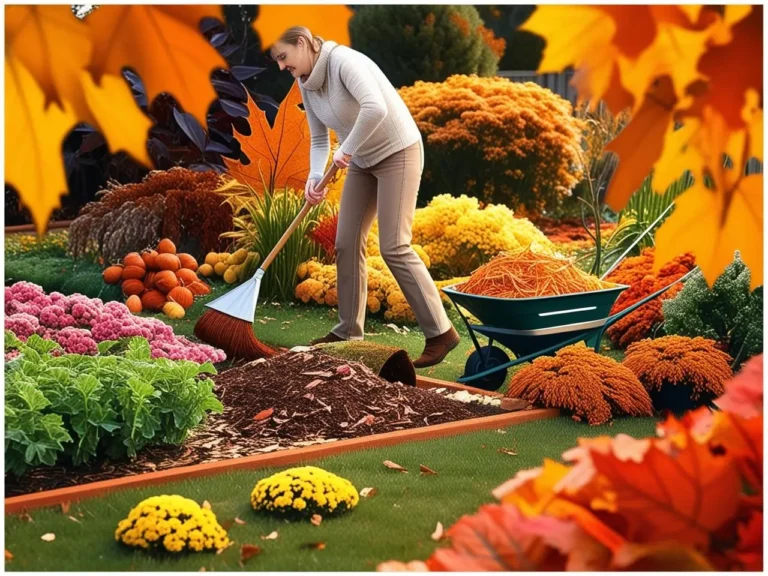Winter Gardening Tips for Beginners: Your Complete Guide to Thriving Gardens in Cold Months
Did you know that over 35% of gardeners completely abandon their green spaces during winter? Crazy, right? When I first started gardening, I was totally that person, watching my beautiful summer garden turn into a barren, frost-covered wasteland. But here’s the secret: winter doesn’t have to be the end of your gardening journey. In fact, it can be the beginning of something incredible!
Let me walk you through everything I’ve learned about keeping your garden alive and thriving during those cold, seemingly impossible months. Trust me, if I can go from a winter gardening zero to a total hero, so can you.
Understanding Winter Gardening Basics
Winter gardening isn’t some magical impossible skill, it’s a mindset. When most people see snow, I see opportunity. Seriously, winter gardening is about understanding that plants are way more resilient than we give them credit for.
First off, forget everything you think you know about gardening being a warm-weather-only hobby. Some plants actually love the cold. Kale? It gets sweeter after a frost. Carrots? They develop incredible flavor when temperatures drop. These plants aren’t just surviving, they’re thriving.
The key challenges for beginners are pretty straightforward:
- Protecting plants from extreme cold
- Finding the right plants that can handle winter conditions
- Managing limited sunlight
- Keeping soil healthy and productive
Pro tip: Winter gardening is more about strategy than brute force. It’s like chess, not weightlifting.
Related: 10 Easy To Grow Herbs You Can Grow Hydroponically Indoors
Essential Winter Garden Planning
Listen up, planning is everything. Before you do anything, you need to know your hardiness zone. This isn’t just some nerdy gardening term; it’s your roadmap to success. Your hardiness zone tells you exactly what plants can survive in your specific climate.
I learned this the hard way. My first winter, I tried growing tropical plants in zone 5. Spoiler alert: it did not go well. Now, I religiously check my zone before selecting any plants.
For beginners, I recommend a mixed approach:
- 50% indoor gardening
- 30% cold-frame or greenhouse cultivation
- 20% outdoor hardy crops
Want to know my absolute favorite winter crops? Kale, spinach, winter radishes, and certain herbs like parsley and thyme. These bad boys laugh in the face of frost.
Protecting Plants from Cold Damage
Cold damage is the ultimate garden villain. But here’s the thing – you can totally outsmart it with some simple techniques.
Mulching is your first line of defense. Think of mulch like a cozy blanket for your plants. I use straw, leaves, and wood chips to create a protective layer that insulates roots and prevents temperature fluctuations.
My go-to cold protection toolkit includes:
- Frost cloth
- Row covers
- Portable cold frames
- Thick mulch
- Strategic plant placement
Pro hack: Place your most vulnerable plants near a south-facing wall. The wall absorbs heat during the day and radiates it back at night, creating a microclimate that’s several degrees warmer.
Indoor Gardening Techniques
When outdoor options are limited, indoor gardening becomes your best friend. And no, you don’t need a fancy greenhouse or thousands of dollars of equipment.
Grow lights are a game-changer. I started with a simple LED setup near my kitchen window. Pro tip: LED lights are energy-efficient and don’t generate much heat, making them perfect for indoor gardens.
Container selection matters more than you’d think. Drainage is crucial. I learned this after drowning several poor plants in their own moisture. Terracotta pots are great because they’re porous and help regulate moisture.
Winter Vegetable and Herb Gardening
Microgreens are my secret weapon. These tiny powerhouses grow super fast, are packed with nutrients, and can be grown in literally any small space. Seriously, I’ve grown them in shoe-box sized containers on my kitchen counter.
Related: How to Grow Microgreens Without Soil
Top winter-friendly veggies:
- Spinach
- Kale
- Carrots
- Winter radishes
- Brussels sprouts
Herbs that crush it in winter:
- Parsley
- Thyme
- Rosemary
- Mint
- Chives
Here’s a selection of popular winter dishes that can utilize these herbs:
- Parsley:
- Tabbouleh Soup
- Gremolata-topped Osso Buco
- Potato and Parsley Soup
- Potato Salad
- Herb-crusted Roast Lamb
- Thyme:
- Roasted Butternut Squash Soup
- Beef Bourguignon
- Herb-roasted Chicken
- Mushroom and Thyme Risotto
- Winter Root Vegetable Stew
- Rosemary:
- Rosemary Roasted Potatoes
- Lamb Chops with Rosemary
- Focaccia Bread
- Roasted Butternut Squash with Rosemary
- Rosemary Beef Stew
- Mint:
- Moroccan Lamb Tagine
- Mint Pea Soup
- Mint Lamb Meatballs
- Mint Tea
- Winter Tabbouleh Salad
- Chives:
- Loaded Baked Potato Soup
- Chive and Potato Pierogi
- Scrambled Eggs with Chives
- Chive Butter for Steaks
- Creamy Chive Mashed Potatoes
Winter gardening isn’t just possible, it’s exciting! Each frost, each cold day is just another opportunity to get creative and prove that gardens don’t hibernate; they adapt.
My challenge to you: Start small. Grab a few seeds, some containers, and a grow light. Don’t overthink it. Gardening is about learning, experimenting, and enjoying the process. Happy Gardening!

